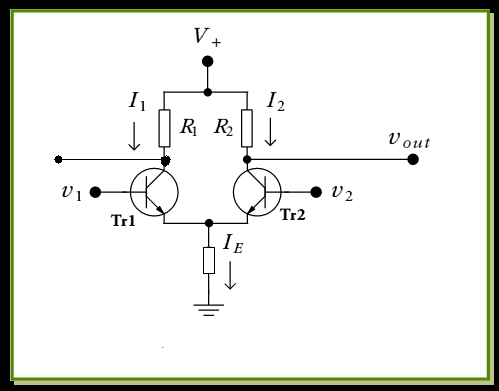zeerum
Junior Member level 3

guys i need your help. i tried googling it and looked it up in books too but couldnt find an asnwer
if we take op amp as two BJTs connected, then how do we get Vo1 out of phase with the input voltage andVo2 inphase with the input. both are the same BJTs then how is it possible
please help me
if we take op amp as two BJTs connected, then how do we get Vo1 out of phase with the input voltage andVo2 inphase with the input. both are the same BJTs then how is it possible
please help me





